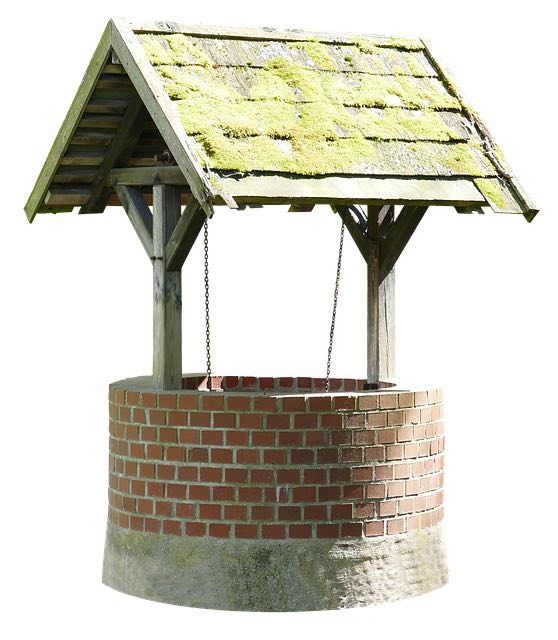Well construction is a crucial aspect of the oil and gas industry, with advances in technology and techniques constantly shaping the way wells are built and maintained. As the demand for energy continues to rise, it is more important than ever to ensure the efficient and sustainable construction of wells.
The Basics of Well Construction
Well construction is the process of drilling and completing a wellbore in the earth’s sub-surface. This involves several key steps:
-
Read more about bohrbrunnen here.
- Drilling: A hole is bored into the earth using a drilling rig.
- Casing: Steel pipe is inserted into the hole and cemented in place to prevent collapse.
- Completion: The well is prepared for production by installing equipment such as pumps and valves.
Advancements in Well Construction Technology
Horizontal Drilling
Horizontal drilling has revolutionized well construction by allowing multiple wells to be drilled from a single pad. This technology maximizes production and minimizes environmental impact by reducing the surface footprint of drilling operations.
Read more about brunnenbau here.
Digital Twin Technology
Digital twin technology uses real-time data and advanced modeling to create virtual replicas of wells. This allows operators to optimize production, enhance safety, and reduce costs throughout the life of the well.
Frequently Asked Questions
- How long does it take to construct a well?
- What are the environmental impacts of well construction?
- How is well construction regulated?
The time it takes to construct a well varies depending on factors such as depth, complexity, and location. On average, it can take anywhere from a few days to several weeks to complete a well.
Read more about bodenerkundung here.
Read more about schachtbrunnen here.
Well construction can have environmental impacts such as land disruption, water consumption, and air emissions. However, advances in technology and regulation have helped minimize these impacts in recent years.
Well construction is regulated by government agencies at the local, state, and federal levels. These regulations cover aspects such as well design, construction materials, and environmental protection.
Overall, well construction plays a critical role in meeting the world’s energy needs. By embracing new technologies and best practices, the industry can continue to build wells that are efficient, safe, and environmentally sustainable for years to come.






